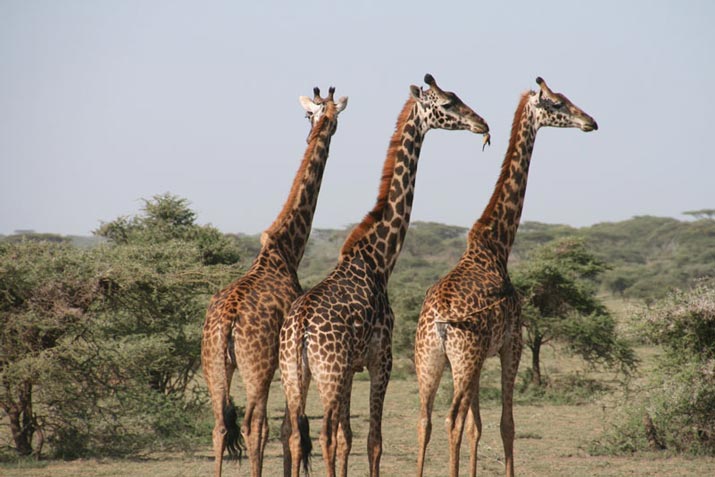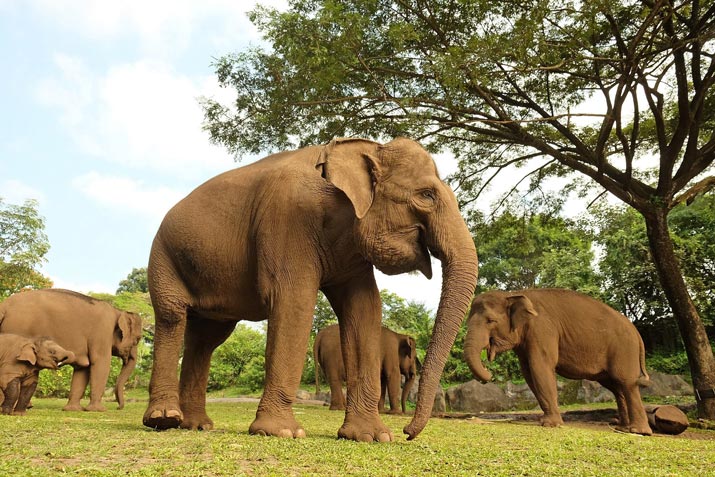Animals that are diurnal are characterized by being active primarily during the day and resting at night.
Scientists commonly agree that this cycle is designed to take advantage of the environment, the animal’s energy levels, their diet, their position in the food chain and many other factors that contribute to its inherited diurnal nature.

What does being diurnal mean?
By definition, it means “during the day”, which means an animal is considered to be diurnal if they are active during the daytime.
An animal could be diurnal for a number of reasons.
One of them is to avoid predators at night, or if their environment allows them a better chance of survival when they hunt during the day.
It can also be caused by the animal’s biology in which they require sunlight to gather nutrients (like how turtles need sunlight to synthesize vitamin D3).
Diurnality characteristics are usually present in animals that rely on good visibility for hunting, and most of these animals have colored or clear vision.
What is the difference between diurnal and nocturnal?
These terms are frequently mentioned when discussing animals in general. Both refer to the animal’s internal cycle of activity and energy, as well as their preference for when they like to hunt.
Diurnal animals are those who are active during the day, whereas nocturnal animals are those who are active during the night, like some owls and bats.

Diurnal Animals at Bali Safari Park
Just like our animal friends, humans have also evolved to be diurnal.
Most of us are active during the day, and rest during the night.
Our bodies, physical traits and energy cycles are all designed to assist our activities during the daytime.
Some common examples are small rodents, reptiles, geckos and many species of simians such as a Chimpanzees.
Want to learn more about animals? Visit us at Bali Safari Park!






